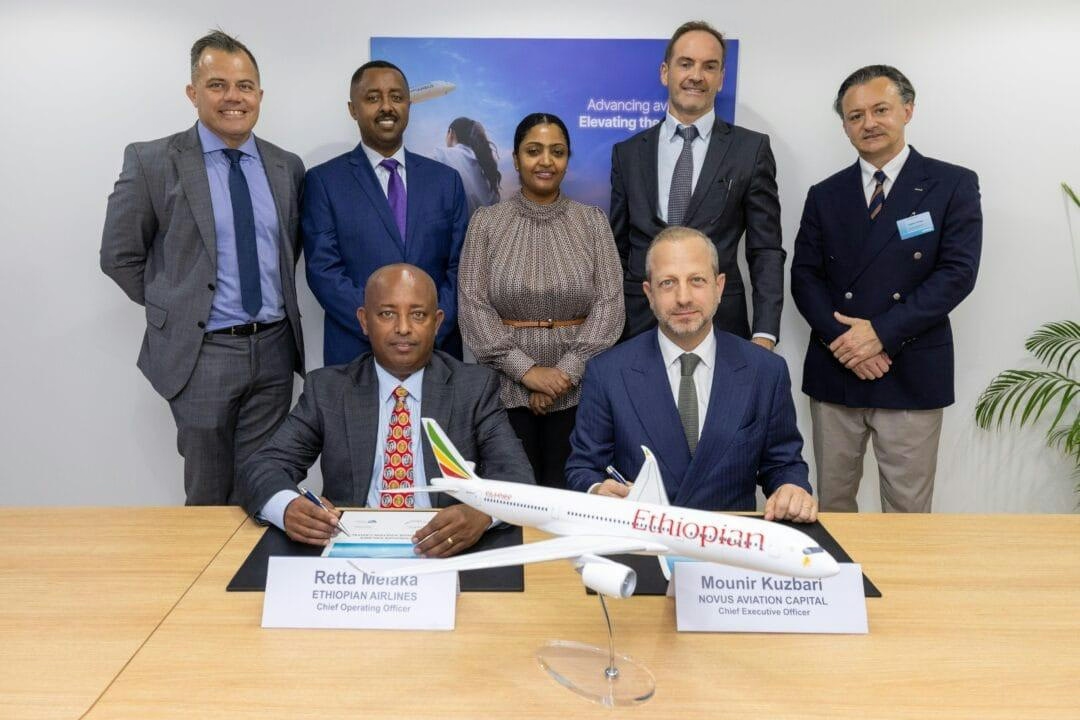
AeroGenie — Seu copiloto inteligente.
Tendências
Categories
Kyndryl Introduces AI-Powered Cloud Solution for Aviation Industry

Kyndryl Unveils AI-Driven Cloud Platform to Revolutionize Aviation Operations
New York, October 7, 2025 – Kyndryl (NYSE: KD), a global leader in enterprise technology services, has introduced its Aviation Industry Cloud Solution, an advanced AI-powered platform aimed at transforming airline operations and enhancing both customer and workforce experiences. Developed in partnership with Google Cloud, the solution is designed to modernize core airline systems, optimize data utilization, and facilitate digital transformation across the wider travel ecosystem, including travel agencies, tourism boards, and cruise lines.
Enhancing Operational Efficiency and Customer Engagement
The Aviation Industry Cloud Solution integrates Kyndryl’s expertise in agentic AI with Google Cloud’s robust data analytics capabilities to provide airlines with secure, real-time access to critical operational insights. This connectivity spans essential business functions such as finance, human resources, reservations, and retail, enabling carriers to improve operational efficiency and deliver more personalized customer interactions. Azi Handley, Vice President of Global Strategic Alliances at Kyndryl, emphasized the platform’s potential to modernize airline systems and accelerate digital transformation, stating, “Our new AI-powered solution will enable airlines to deliver personalized experiences to travelers and enhance flight operations.”
By converting extensive travel data into actionable intelligence, the platform supports airlines in innovating and maintaining competitiveness. It incorporates built-in tools designed to expedite deployment and mitigate risks, allowing airlines to explore new growth opportunities while ensuring operational reliability.
Challenges and Industry Perspectives
Despite its promise, the integration of AI-powered cloud solutions within the aviation sector presents notable challenges. Airlines must navigate the complexities of merging advanced AI technologies with existing legacy systems, comply with stringent regulatory requirements, and meet the industry’s demand for real-time data processing. Market responses have been varied; while early adopters anticipate significant operational gains, some traditional industry players remain cautious about adopting new technologies. In response, competitors are expected to enhance their AI capabilities or pursue strategic partnerships as the aviation industry increasingly relies on specialized consulting firms to address growth and sustainability challenges.
Industry leaders acknowledge the transformative potential of AI in aviation. Sérgio Ribeiro, Digital & Technology Services Senior Director at TAP Air Portugal, remarked on the sector’s digital evolution: “I see many companies investing in digital transformation and exploring how AI can reshape their businesses. At Kyndryl, I see a strong commitment to investing in people, partners, and technology—a combination I believe can support organizations on their AI journey.”
Building Resilience Through Advanced AI Frameworks
Kyndryl’s enhanced Agentic AI Framework offers airlines a secure and scalable model for deploying intelligent AI agents, supporting future applications across travel, business discovery, and customer-facing digital experiences. By facilitating the modernization of mission-critical systems, Kyndryl aims to help the aviation industry build long-term resilience and foster sustainable growth.
About Kyndryl
Kyndryl (NYSE: KD) is the world’s largest IT infrastructure services provider, delivering advisory, implementation, and managed services to thousands of customers across more than 60 countries. The company specializes in designing, building, managing, and modernizing complex information systems that support daily operations worldwide. For further information, visit www.kyndryl.com.
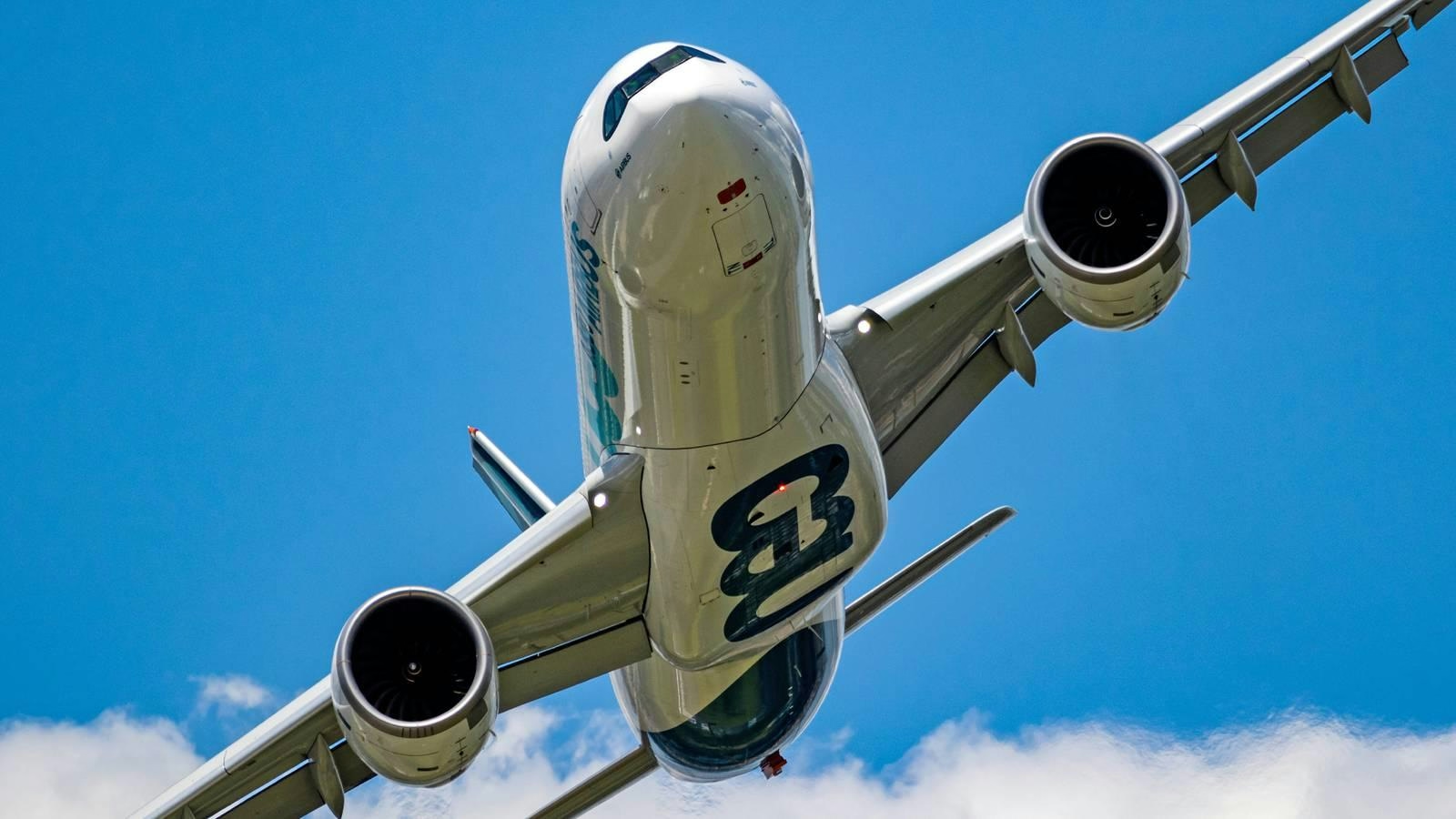
Why Is the Airbus A330neo Limited to a Single Engine Type?
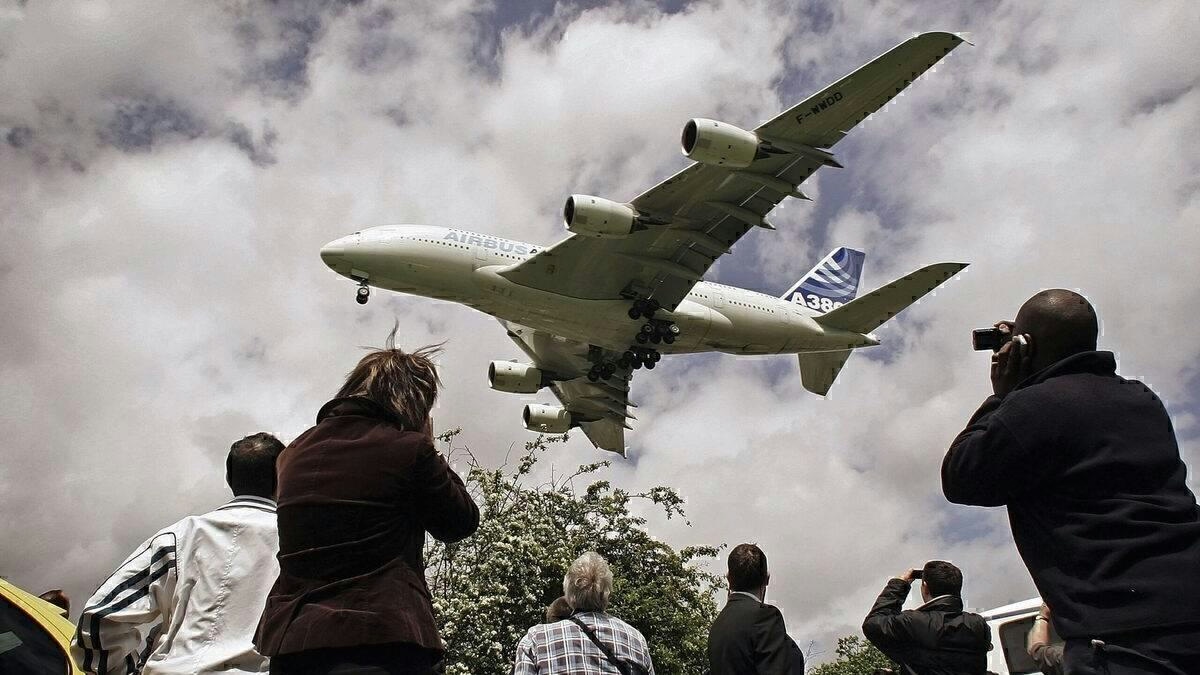
FedEx Cancels Airbus A380 Order

Why AI Hasn’t Transformed Flight Booking
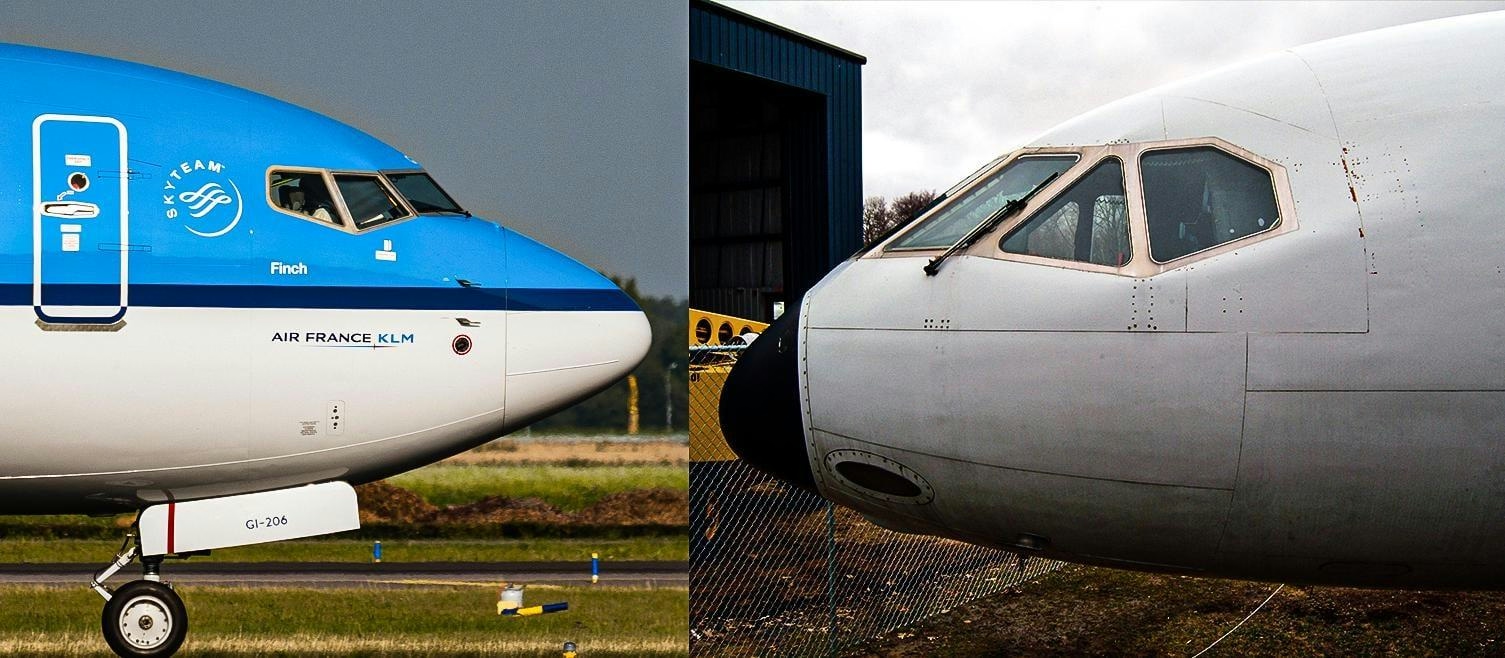
Why Are Boeing Aircraft Noses More Pointed Than Airbus?
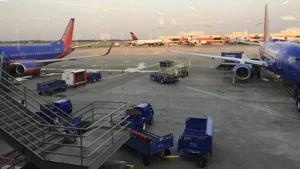
Digitizing the Aviation Supply Chain: Moving Beyond Outdated Practices
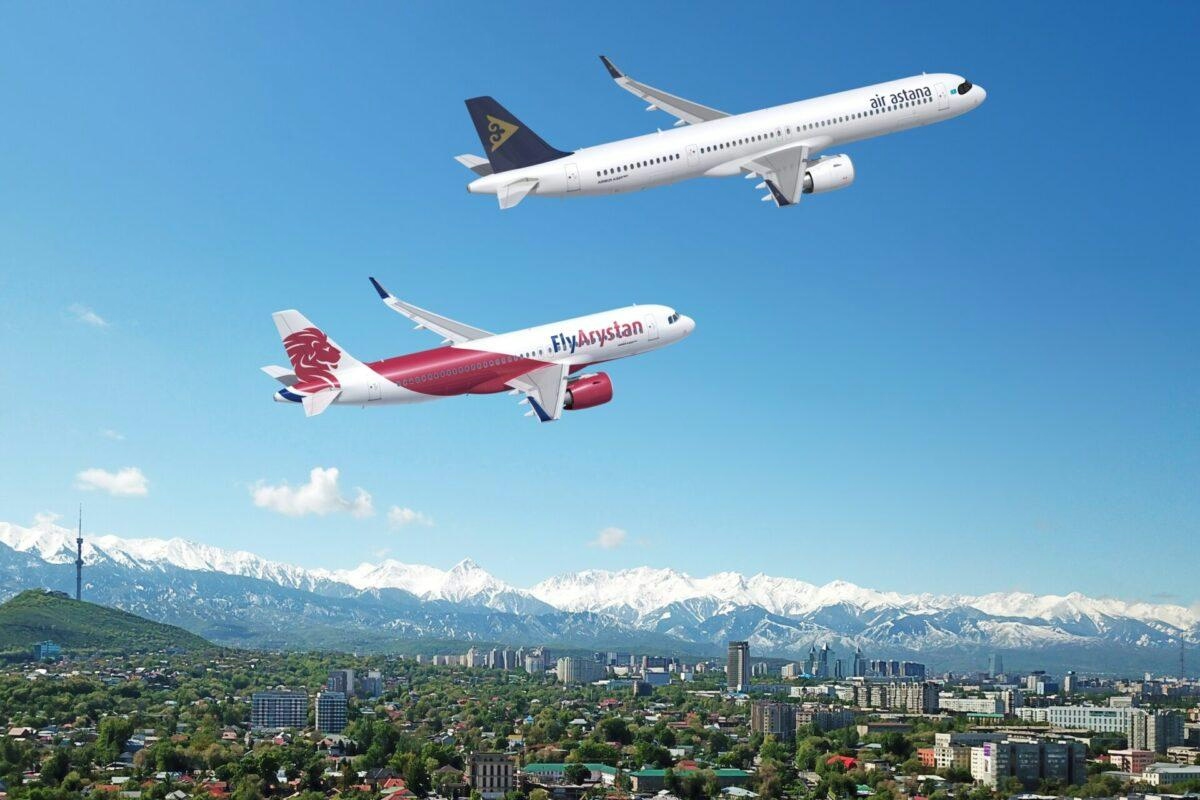
Air Astana Signs Agreement for Up to 50 Airbus A320neo Jets
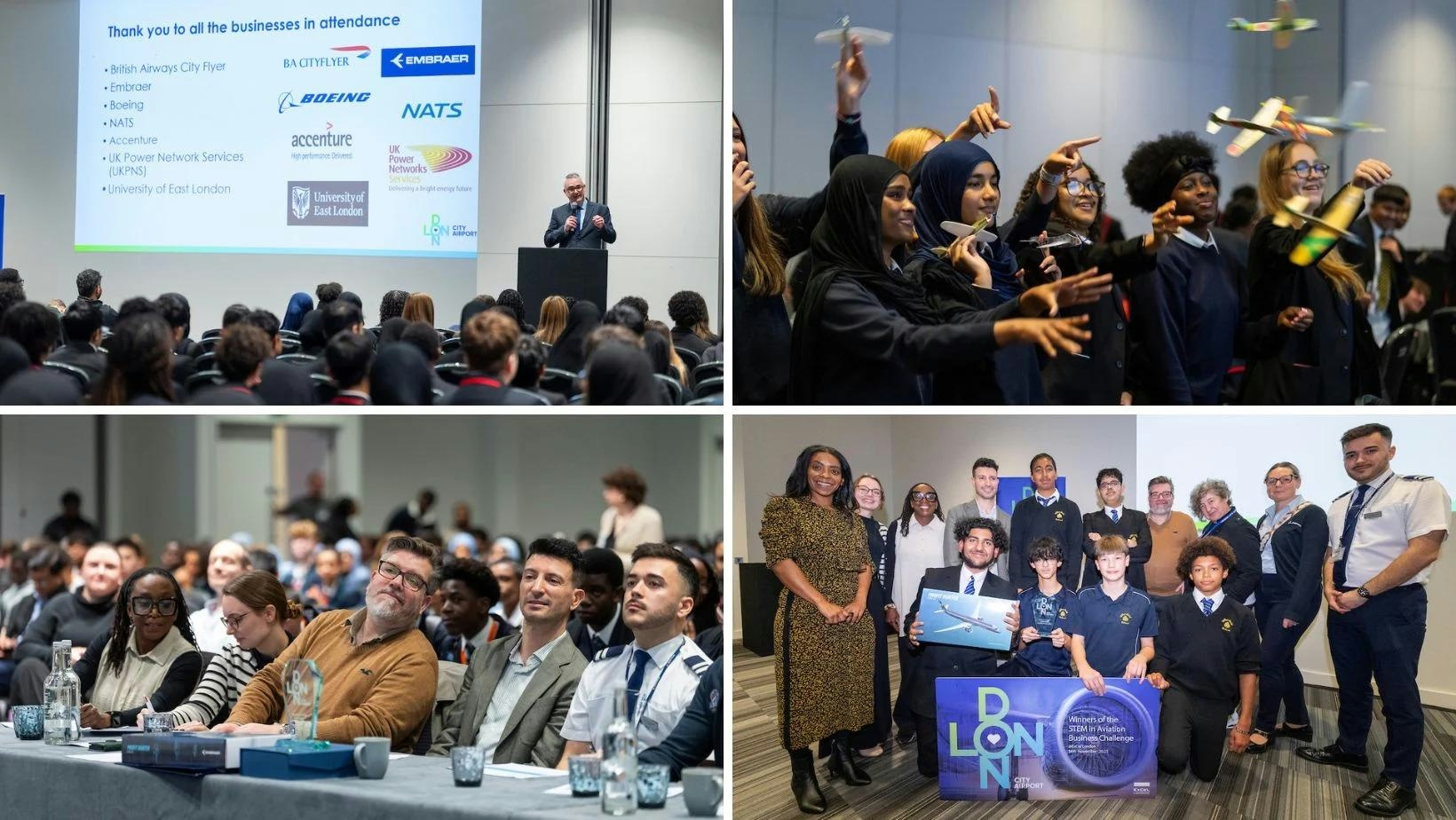
East London students explore aviation innovation at LCY STEM event
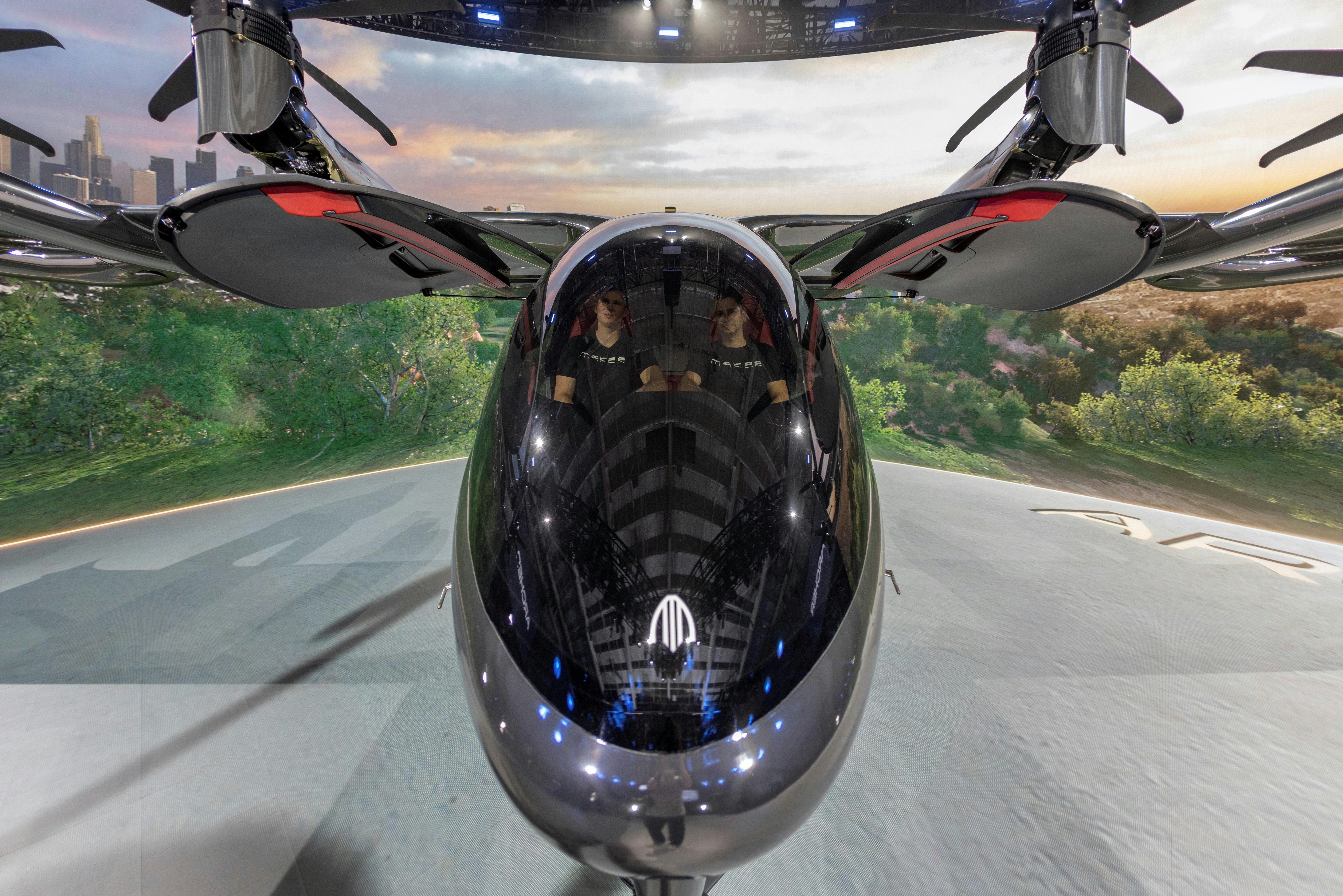
Archer’s Air Taxi Fails to Fly at Dubai Airshow
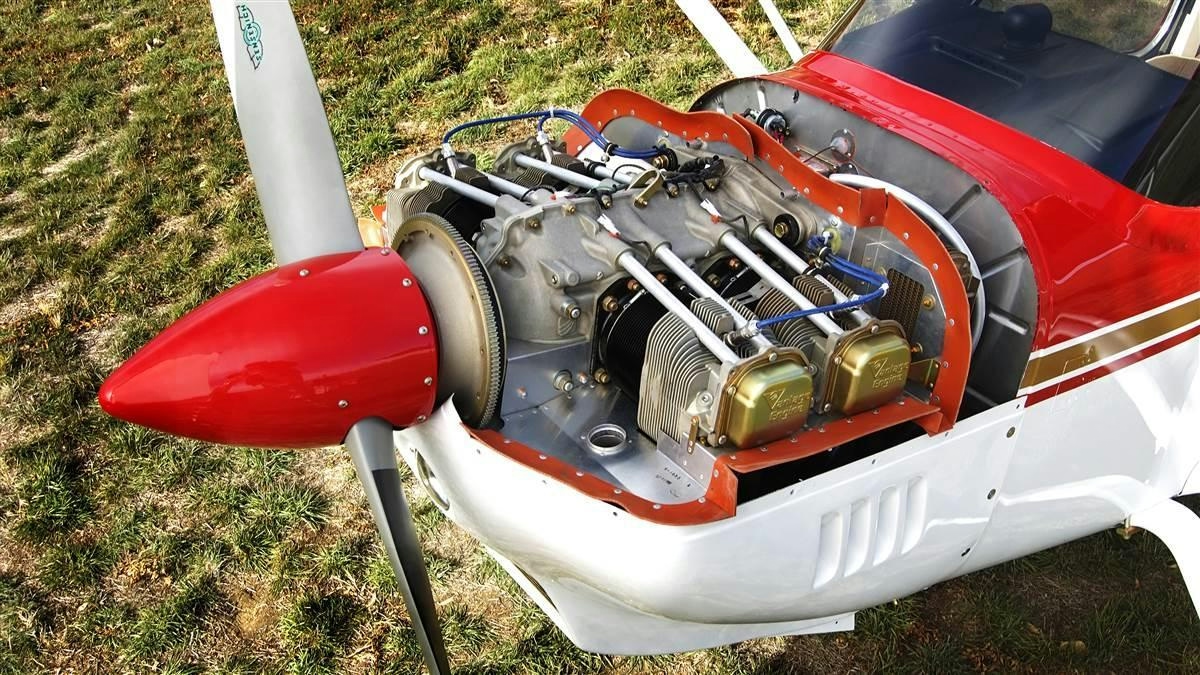
New Course on Airplane Engine Operations Launched
